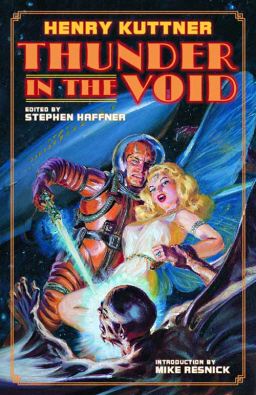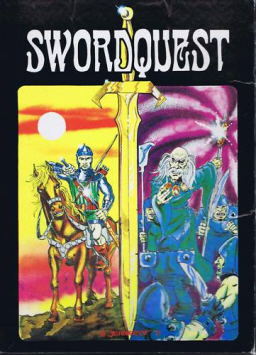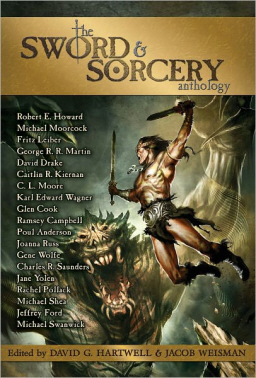Christopher Paul Carey on Gods of Opar: Tales of Lost Khokarsa
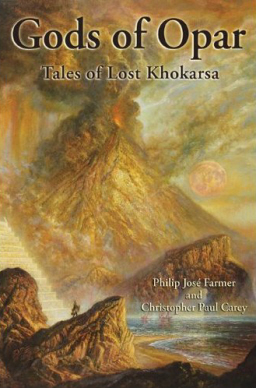 In July 2005, I was alerted to an amazing find: the partial manuscript and detailed outline to Philip José Farmer’s third Khokarsa novel had been located among the author’s files.
In July 2005, I was alerted to an amazing find: the partial manuscript and detailed outline to Philip José Farmer’s third Khokarsa novel had been located among the author’s files.
At the time, I was serving as editor of Farmerphile, an authorized, digest-sized magazine devoted to bringing into print rarities and previously unpublished material by Farmer, and so naturally I had been contacted by the magazine’s publisher, Michael Croteau, when the new Khokarsa material turned up.
I was a huge fan of the original two books in the cycle — Hadon of Ancient Opar (1974) and Flight to Opar (1976) — considering them to be at the highest tier of Farmer’s adventure fiction, and it was with quivering fingers that I typed a reply to Mike’s email and requested a copy of the pages. When the photocopies promptly arrived, I was astounded. Here on an epic scale was the entire arc of what Farmer had planned for the third novel of the series, minus a few finishing touches where he had speculated on alternate courses for the story’s finale.
What’s more, the novel didn’t star Hadon, the duty-bound protagonist of the first two installments, but rather Hadon’s giant cousin Kwasin in all his larger-than-life stature — the wild, unrestrained antihero of the series, who was last seen on stage in Hadon of Ancient Opar, swinging his massive ax of meteoritic iron against impossible odds to give Hadon and his companions a chance to escape the forces of the power-hungry King Minruth.
It was a story that I instantly knew needed to be told — the conclusion to a trilogy for which Farmer’s fans had been waiting almost thirty years.
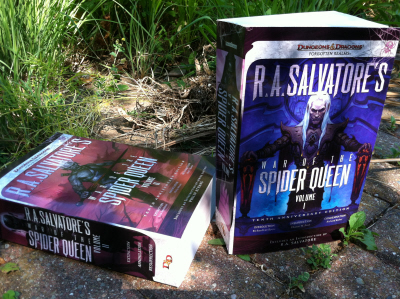
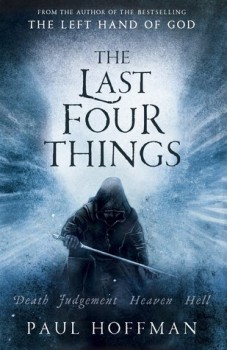 The Last Four Things
The Last Four Things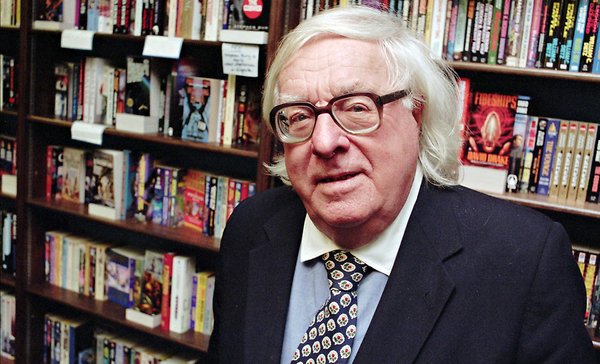
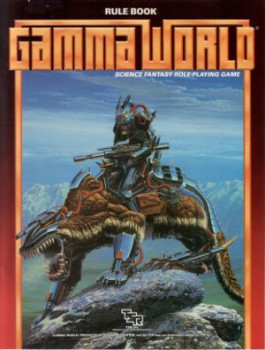
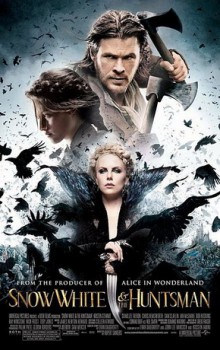 Summer movies, like boxes of Crackerjacks (does anyone still eat those? I never see them for sale any more), come packed with surprises. And, like Crackerjacks toys, often they are lame surprises. Let-downs. Occasionally — and it usually happens only once per summer — the toy you dig out of the same-old same-old caramel and peanut glop is a Hot Wheels car with flame details and killer sci-fi spoilers that somebody in the Crackerjack plant accidentally dropped into the box while leaving hastily for a smoke break.
Summer movies, like boxes of Crackerjacks (does anyone still eat those? I never see them for sale any more), come packed with surprises. And, like Crackerjacks toys, often they are lame surprises. Let-downs. Occasionally — and it usually happens only once per summer — the toy you dig out of the same-old same-old caramel and peanut glop is a Hot Wheels car with flame details and killer sci-fi spoilers that somebody in the Crackerjack plant accidentally dropped into the box while leaving hastily for a smoke break.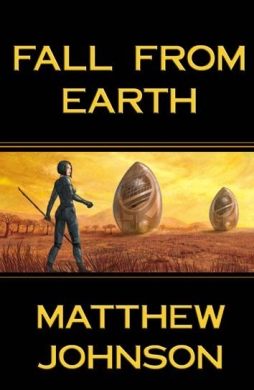 Fall From Earth
Fall From Earth